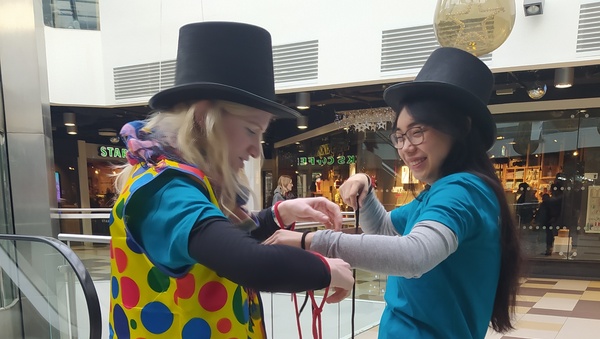Stained Glass Window

Have you ever been to a church or cathedral and marvelled at the magnificent stained glass windows? The big circular windows that take pride of place particularly in Gothic architecture - often referred to as 'rose windows' - are usually divided into symmetrical sections, with intricate designs made up of shapes. Today, we'll show you how to create your own mini rose window, with a symmetrical design.
To create your own stained glass window, you will need:
- An A4 sheet of black craft paper
- Some tissue paper in a couple of different colours
- A pair of scissors
- Some glue
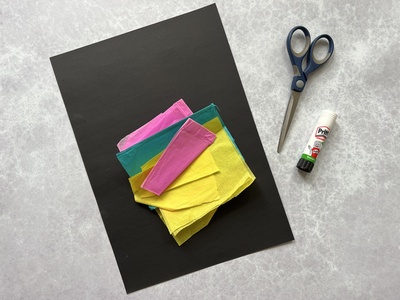
Step 1: Fold one corner of the black sheet of paper, as shown below, to form a right angled triangle. Then cut off the excess, unfolded bit of paper, leaving you with just the triangle.
Note: If you have a square piece of paper, you can skip the cutting step. Instead, just fold the square in half to make a triangle.
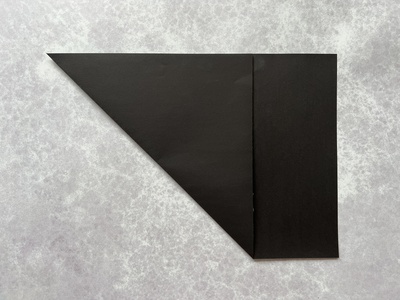
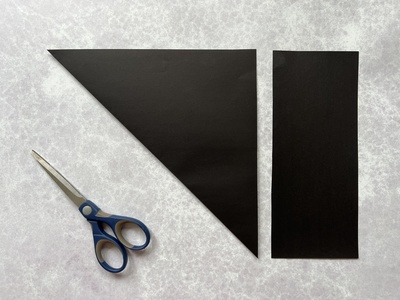
Step 2: Fold the triangle in half to make a smaller triangle, then fold it in half again.
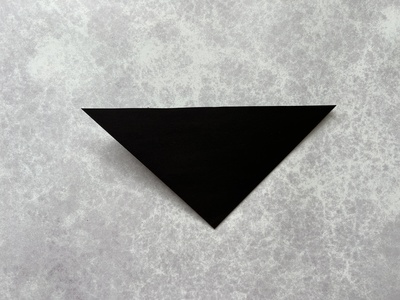
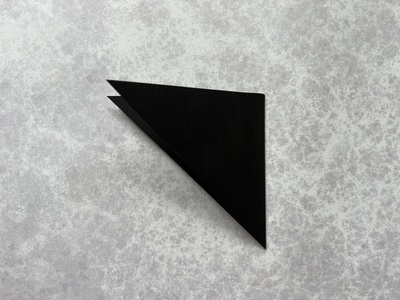
Step 3: Holding the folded triangle with the open edges at the top, cut across the top in a slightly curved movement so that you are left with a shape that looks a bit like a piece of pie (see below).
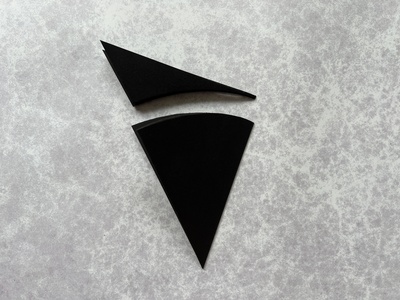
Step 4: Now cut some shapes in to the sides of your 'pie' piece. Don't cut them too close together.

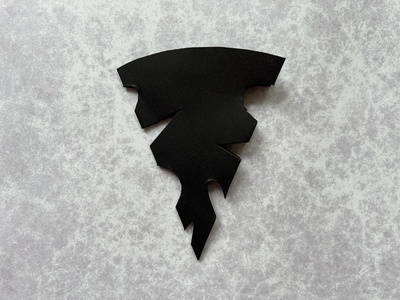
Step 5: Carefully unfold everything. Don't rush this step, or the paper might rip. You should have a symmetrical design of shapes.
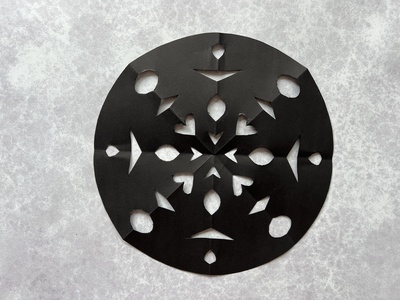
Step 6: Finally, cut small pieces of coloured tissue paper, and glue them on to the back of your 'window' to cover the cut out shapes. Keep the symmetry in mind when choosing the colours.
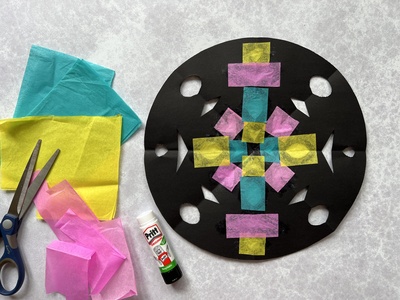
Ta da! Your stained glass window is finished. Why not hang it up somewhere, where it will catch the light.
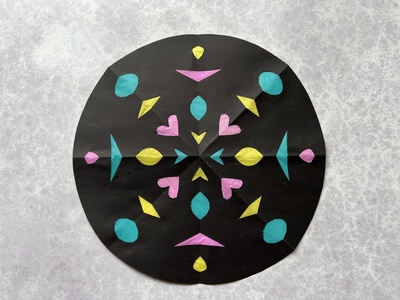
Maths skills used: symmetry, geometry, shapes
Latest News and Events
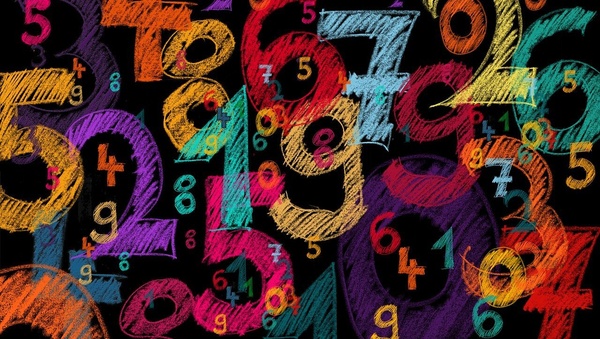
Maths Week 2026: Maths Matters
Maths Week Scotland is back for 2026 with the theme Maths Matters. To celebrate our tenth year, we will have an extended gala week running over two weekends, from Saturday 19 to Sunday 27 September.
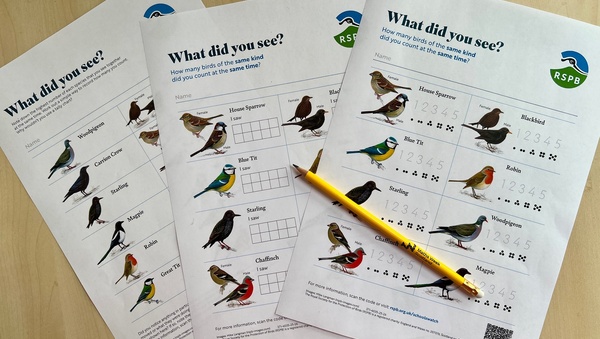
RSPB Big Schools' Birdwatch
It is almost time for the RSPB Big Schools’ Bird Watch – the largest citizen science project for schools across the UK. Sign up to take part, from 6th January- 13th February 2026.
